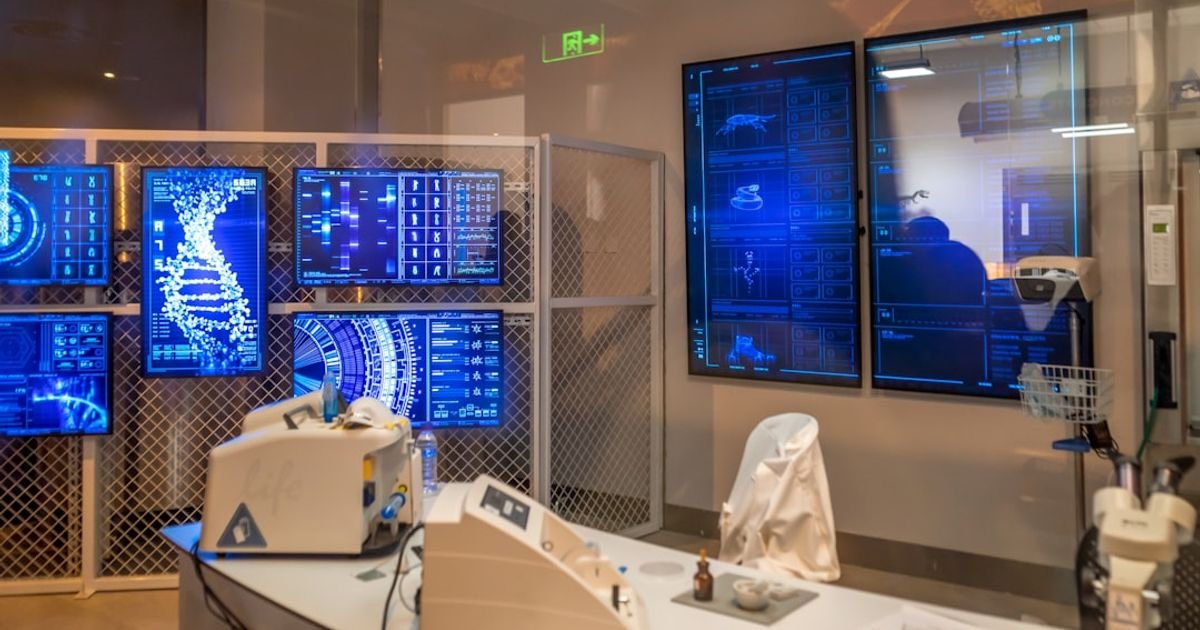About Prompt
- Prompt Type – Dynamic
- Prompt Platform – ChatGPT, Grok, Deepseek, Gemini, Copilot, Midjourney, Meta AI and more
- Niche – Hazard Detection
- Language – English
- Category – Workplace Safety Monitoring
- Prompt Title – AI Prompt for Monitoring Worker Safety with Computer Vision Systems
Prompt Details
**Prompt Type:** Dynamic
**Purpose:** Workplace Safety Monitoring – Hazard Detection
**Target AI Platforms:** All
**Prompt Structure:**
This prompt is designed to be adaptable to various Computer Vision systems and AI platforms. It leverages a dynamic structure, allowing users to specify the context and desired analysis granularity. It also emphasizes providing feedback to the system to improve its performance over time.
**Core Prompt:**
“`
Analyze the provided video/image stream from [Camera ID/Location] to detect potential workplace safety hazards related to [Specific Hazard Categories]. Provide real-time alerts for detected hazards with a confidence score and location information. The current context is [Work Environment Description] and the required level of detail is [Level of Detail].
Consider the following factors for hazard identification:
* **[Specific Hazard Categories]:** (e.g., PPE violations (missing hard hats, safety glasses, gloves), improper lifting techniques, working at height without fall protection, proximity to dangerous machinery, obstructed walkways, spills, fire hazards, ergonomic risks, etc.) Be explicit and list all relevant hazard categories.
* **[Work Environment Description]:** (e.g., Construction site, warehouse, manufacturing floor, office environment, outdoor work area, etc.) Provide details about the environment, including lighting conditions, typical activities, and any specific equipment present.
* **[Level of Detail]:** (e.g., High – detect subtle deviations from safe practices, Medium – identify clear violations, Low – focus on immediate and obvious dangers).
Output the following information for each detected hazard:
* **Hazard Type:** (e.g., Missing Hard Hat, Unsafe Lifting Technique, Proximity Violation)
* **Confidence Score:** (e.g., 0.95, representing 95% confidence)
* **Location:** (e.g., Coordinates within the image/video frame, or a textual description like “Near the conveyor belt”)
* **Timestamp:** (e.g., Date and time of the detected hazard)
* **Image/Video Snippet:** (Optional, but highly recommended – a short clip or image highlighting the detected hazard)
Feedback Loop:
After the initial analysis, provide feedback on the system’s performance. Indicate whether the detected hazards were True Positives (correctly identified), False Positives (incorrectly identified), or False Negatives (missed hazards). This feedback will be used to refine the system’s accuracy.
Example Feedback format:
* Timestamp: [Timestamp of the analyzed frame]
* Actual Hazard: [True/False – was there actually a hazard present?]
* System Detection: [True/False – did the system detect a hazard?]
* Hazard Type (If applicable): [The type of hazard if one was present]
Further Instructions (Optional):
* **Focus Areas:** Specify particular areas within the frame to prioritize for hazard detection. (e.g., “Focus on the area around the crane operation.”)
* **Exclusion Zones:** Define areas within the frame to ignore for hazard detection. (e.g., “Exclude the break room area.”)
* **Specific Object Recognition:** Request the system to identify specific objects relevant to safety protocols. (e.g., “Detect the presence and proper usage of safety harnesses.”)
* **Anomaly Detection:** Instruct the system to identify unusual or unexpected events that may indicate a potential safety risk. (e.g., “Detect sudden movements or changes in worker behavior.”)
“`
**Example Prompt Instantiation:**
“`
Analyze the provided video stream from Camera_01 (Loading Dock) to detect potential workplace safety hazards related to PPE violations (missing hard hats, safety vests), improper lifting techniques, and proximity to forklift trucks. Provide real-time alerts for detected hazards with a confidence score and location information. The current context is a busy warehouse environment with varying lighting conditions and the required level of detail is Medium. Focus on the area around the loading dock and the forklift operating zone.
“`
**Best Practices:**
* Be as specific as possible in defining the hazard categories and work environment.
* Start with a Medium level of detail and adjust as needed.
* Provide regular feedback to improve the system’s accuracy.
* Utilize the optional instructions to further refine the analysis.
* Regularly evaluate and update the prompt based on the system’s performance and evolving safety requirements.
This dynamic prompt structure allows for flexible and targeted safety monitoring, enabling organizations to leverage computer vision systems effectively for hazard detection and prevention. By incorporating a feedback loop, the system can continually learn and improve its performance, contributing to a safer work environment.

